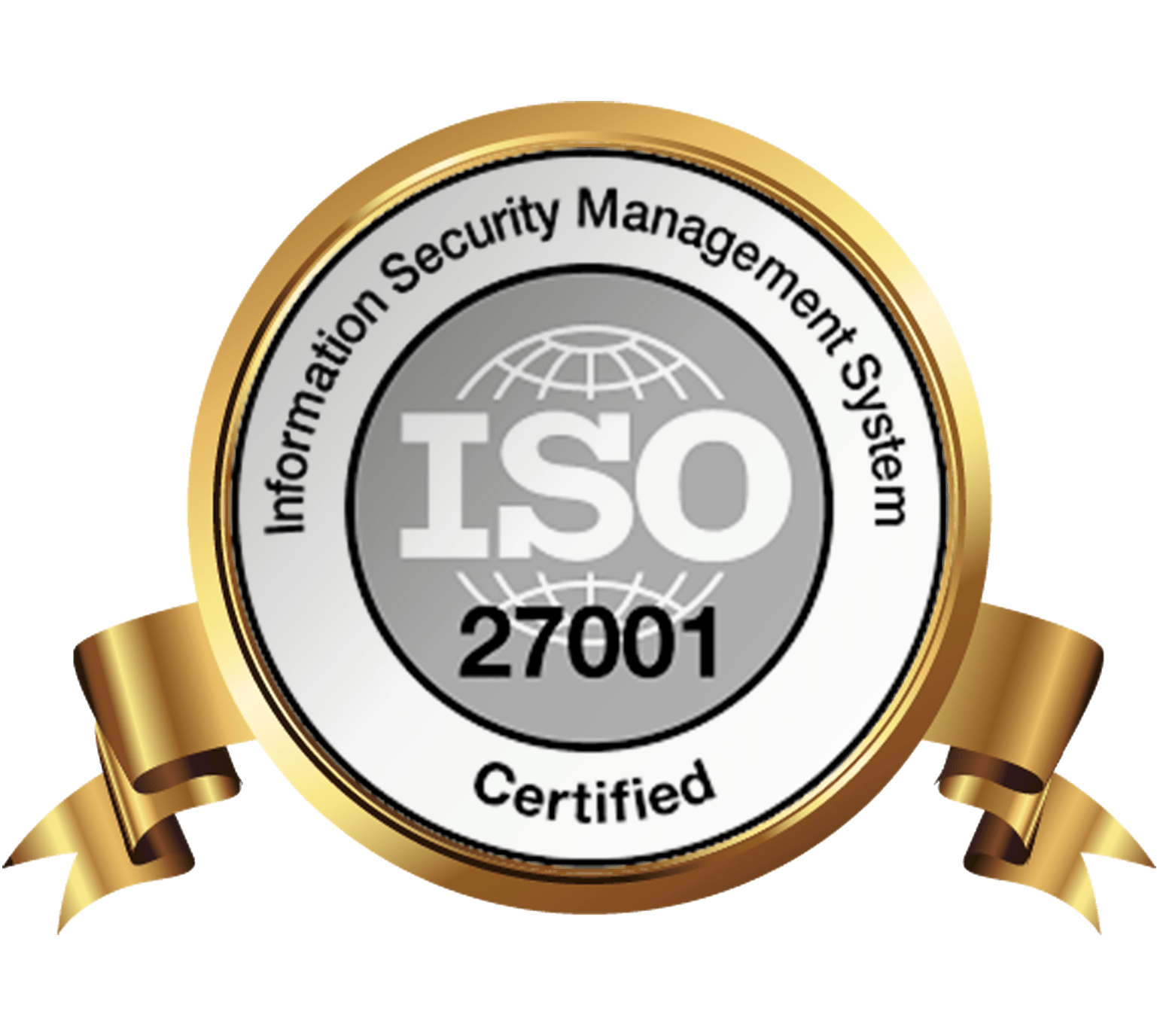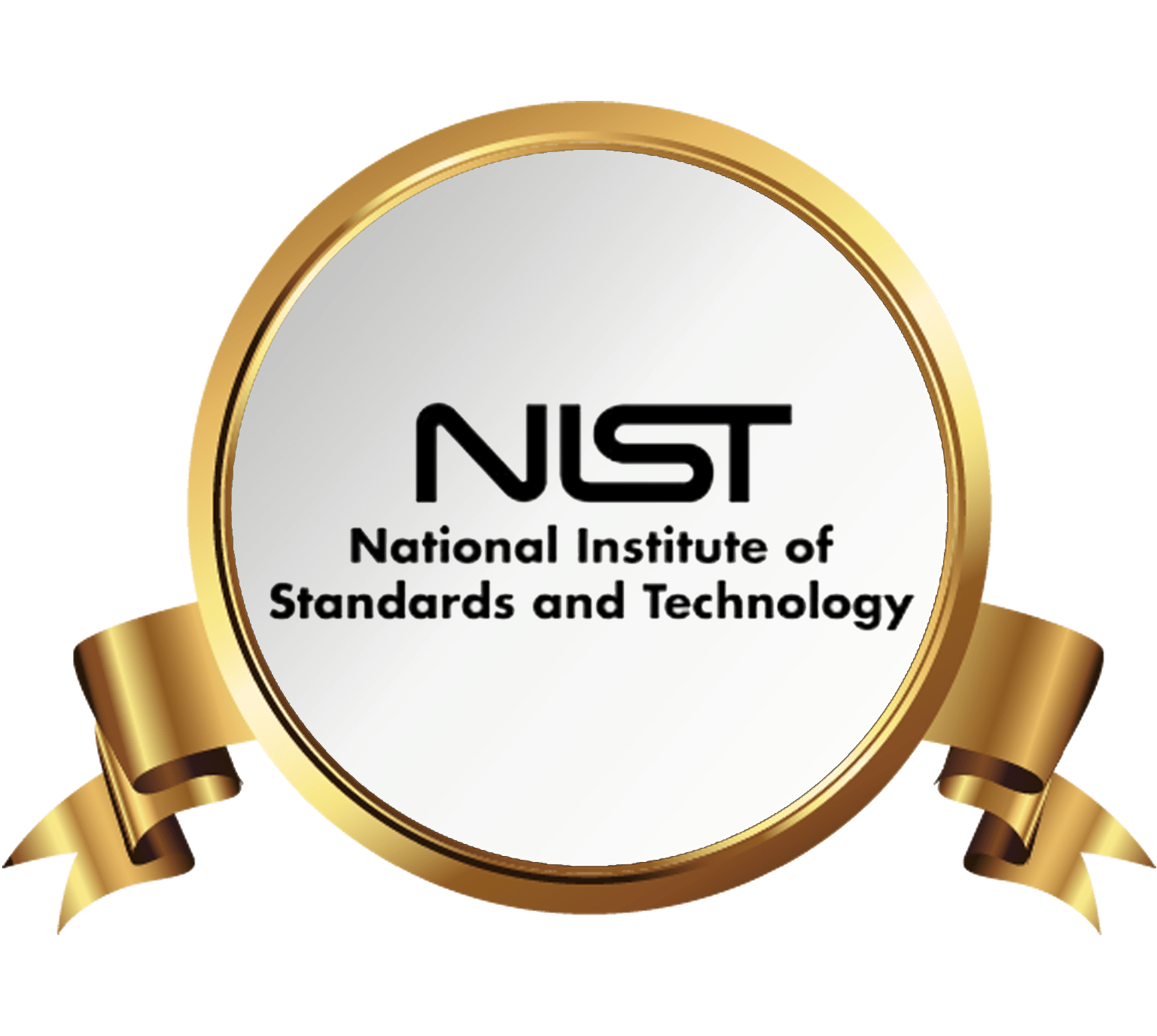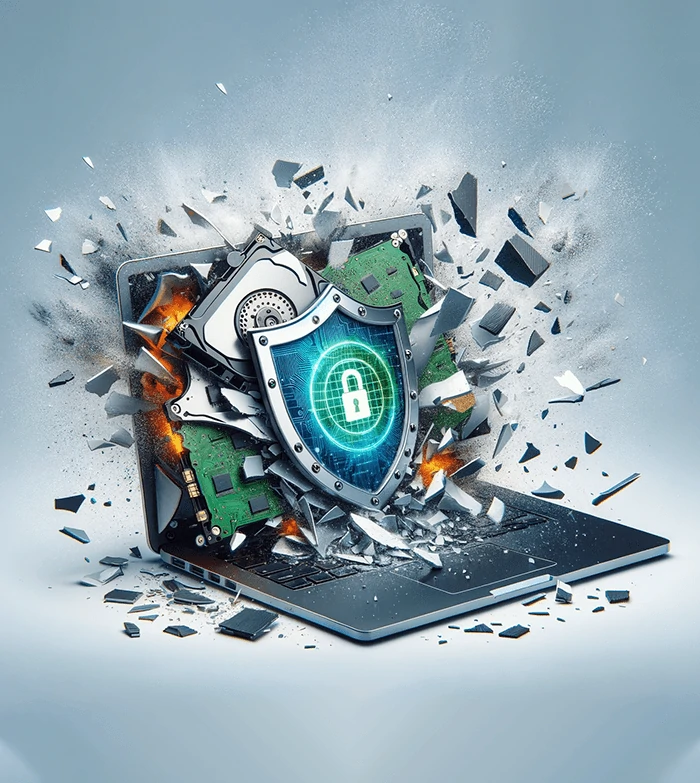International Standards for Secure Hardware Destruction
Navigating International Standards for Secure Hardware Destruction
What are the International Standards for Secure Hardware Destruction? Keeping safe in the technological world today is not only about keeping your files and data safe online but also about taking care of the disposal of old, physical tech. The big question that is bound to come with updating their tech: how do we get rid of the old stuff without putting our data at risk or hurting the environment? The answer is to take the general rules on how to properly destroy hardware to make sure nobody can obtain the data from them, and we are doing our part for the planet.
Following these global rules would help keep our data from falling into the wrong hands and would make it clear that such a person or company is seriously in this context about the proper way of handling e-waste. When companies safely destroy their old tech, they know it's the right thing to do, showing they care for everybody's data and for the Earth. This smart way of getting rid of old tech shows a company that is forward-thinking, does care about the need to keep data secure, and is surely committed to helping the environment. It casts them in the image of champions of responsible and secure posturing in a world heavy with technology. Stay with us with this article from Rapid Solutions.
International Standards Overview
There is a number of international regulations and rules which give an indication of how best to dispose of old tech securely. These assure worldwide people are doing right by keeping data safe and are not practicing the best method.
ISO/IEC 27001
Think of ISO/IEC 27001 as the ultimate playbook for keeping company information under lock and key. It's no longer like, "Oh, I'm just going to put a password on my computer." It's almost like, within the company, you have to create a whole entire system now to be able to protect all the digital or physical information—any sort of information that it could be. A standard that requires overwriting or full erasure of unused memory locations. For example, this standard would assure that no information is left over when an enterprise has decided to retire its old computers or servers. Might as well, because it's not as though one is going to ensure a book is perfectly, 100% unreadable and then throw it away so that somebody else can't possibly pick up the book and read this tale.
our service: IT ASSET DISPOSITION SERVICES

NIST Special Publication 800-88
This is a guideline quite similar to the ultimate how-to guide to say goodbye to your data in such a way that it is really gone. This digital destruction guide from the National Institute of Standards and Technology offers a variety of ways to delete files all the way up to physically destroying a hard drive so that nothing on it could possibly be retrieved. The point is that it could help a business figure out the best method for ensuring data couldn't be recovered—sort of how one would decide whether to tear up a letter, burn it, or shred it to confetti, depending on how secret the message is.

R2 (Responsible Recycling) Standard
The R2 standard is like the guardian of ethical tech recycling. It is more concentrated only on the reuse of electronic devices in a friendly way to our planet, and huge importance is also given to ensuring that all personal and confidential data on those devices be completely erased before reusing. In other words, when you recycle your device, you contribute not only to the well-being of nature and waste prevention but also to securing your data from getting into the wrong hands. It's about being responsible not just for the earth, but for information security as well.
.png)
e-Stewards Standard
E-Stewards is one of the responsible recycling certifications that goes a step further to include requirements on global health and safety standards. The certification should, therefore, confirm that the waste is, among other things, responsibly recycled, which includes the aspect of the processes not harming the workers, local communities, or the environment. It's kind of reassuring: in a procedure when recycling your old TV set, you're actually not doing your own bit to add to the practice of halfway across the world. It also follows a strict protocol of data destruction, assuring that personal data should be destroyed beyond recognition.
our service: data destruction services

DIN Standard 66399
This standard is, by all means, a pure product of Germany. It addresses in-depth detail on how to ensure different species of data carriers are destroyed properly, so no trace of data can be left. The method of destruction is classified by the sensitivity of the information and the physical medium the information is on. DIN 66399 will define the method of destruction from a document to a USB stick or even a complete hard drive to ensure complete deletion from existence. Imagine there was a way to tailor-make getting rid of any secret you have ever had—a way to get rid of the secret specifically according to how big or small the secret is.

ISO 14001
ISO 14001 may not speak to the shredding of data directly, but its concern is to a larger extent on how businesses interface with the environment. Conforming to this standard means that a firm must be committed to reducing their impact on the environment; this includes the responsibility for getting rid of electronics waste. This will encourage organizations to keep in mind that the products they make and produce have a life cycle and, at the end of the cycle, their disposal may cause some kind of impact, therefore making the process as friendly as possible toward the earth. All is about making sure that, in protecting our data, we are also taking care of the planet and, in doing so, guaranteeing a future for technology and the environment.

This way, companies are not only doing their duty with the law and generating confidence in the people's eyes; on the other hand, they become a certain example. Name any; they just show that it is possible to use technology in a smart and responsible way. This will further create a good world for all, where technology and nature would live together harmoniously and provide a good platform and base to us for a good future. This is how companies can show they're really committed to a world where technology is both safe and green.
Implementing Secure Hardware Destruction
To comply with these international standards, businesses should follow a structured approach to hardware destruction:

Developing Policy: Develop a clear policy on the disposal of hardware and destruction of data according to international standards.
Choose Certified Vendor: Work with vendors certified in standards such as R2 or e-Stewards, ensuring that your hardware gets destroyed securely and responsibly.
Documentation and Verification: All hardware destroyed, including the certificates of destruction by the vendors, will be documented in minute detail to meet international standards of destruction.
Regular Training: All the staff involved in the disposal process should be trained regularly, and they should be equipped with the latest safe destruction of hardware information and international standards.
What are the main approaches to hardware destruction?
Destruction of the hardware should be such that the data on them cannot be recovered. Ensuring impacts on the environment is two major considerations. The destruction of hardware is usually done by some basic methods to ensure that the data does not fall into anybody's hands. Here's a look at the primary strategies:
Physical Destruction
- Shredding: A shredder works much like a paper shredder but much more powerful, able to tear hard drives, smartphones, and similar devices to bits from which data recovery is not possible.
Crushing—this means a device using hydraulic pressing or crushing with a hammer to physically destroy the gadget; hence, all the internal parts and mechanisms of data storage are made non-repairable.
- Drilling and Degaussing: In drilling, it physically creates holes in the structure of the storage devices to destroy it. Degaussing, on the other hand, takes all data into an irrecoverable state by disrupting the magnetic field of the data storage device through some strong magnets.
Chemical Destruction
- Acid Bathing: Some chemicals within corroding and dissolving electronic components destruct the hardware and information contained in them. Great care is needed in the way the chemical is handled and disposed of since it may lead to environmental damage.
Thermal Destruction
- Incineration: Exposing the hardware to high temperatures, possibly using special incinerators, in order for the component part of the hardware to melt or vaporize, and thus guarantee destruction of the data. The method is doable, but some application should be under control, laying limits on the emission of toxic elements.
Electronic Data Destruction
- Overwriting: This is the method done whenever the data is being written over the existing data repeatedly until a point where the original is completely obscured and hence rendered unobtainable anymore.
- Encryption and Data Wipe: The data may become inaccessible through the process of first encrypting and later wiping the key of encryption. Data Overwrite: Overwriting the data by software-based wiping methods can be used. The necessity for higher security needs physical destruction and is often recommended.
Environmental and Security Considerations
While effective in their own right, hardware destructions also come with an environmental impact, arguably none holding this ESDI. The key element in reduction is recycling the recoverable componentry to safely be put back to use.
Moreover, international standards of data destruction and electronic waste management should be maintained, which are secure and responsible for environmental resorting. There is, in context to each approach, a sensitivity of the data, a type of hardware, and environmental policies where it would most appropriately be. They should, conduct an assessment of their needs and obligations to select a proper technique, sometimes even with advice sought from professional data security and e-waste managers, so that the latter is effective and the decision taking is taking-oriented for compliance.
Conclusion
Following the international standards in the disposal of your old computers and tech gear is much more than ticking the boxes for compliance. This really comes down to making sure that private and important information stored on these devices is fully protected once it is no longer needed. But more than that, it is the commitment to the care of our planet. The adoption of these standards by the business, at a minimum, protects against possible risks like data theft or harm to the environment from incorrect hardware disposal. They're actively playing a part in creating a safer, greener future.




